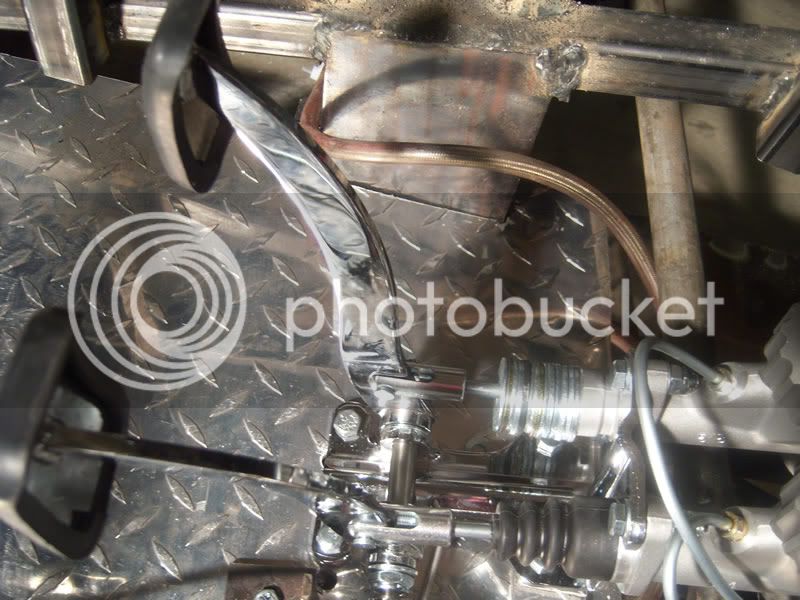wfooshee
O, Woe is me!!
Shortening the pushrod isn't going to help. You're assuming the slave cylinder's piston retracts fully by itself (and I'm assuming it doesn't.) You still need the pushrod to travel as far as it's supposed to, and if you shorten it, the slave cylinder piston will only retract to the point the pushrod works rather than all the way back into the slave cylinder, unless there's a spring on the piston. (Hey, anybody, is there a spring in the slave cylinder? Does it retract by itself, or only under pressure from its load?) If the piston doesn't retract, then you're back to where you started on the next stroke: moving the piston too far. The slave sylinder piston will "travel" forward in the cylinder, same as a brake piston in a caliper as the pad wears. It's rest point will not be what you're expecting.
As for the measurement, that's the kind of info that could be useful to someone finding this thread later, which is why I made the comment about the PM. It's not a state secret, so why a PM???
As for the measurement, that's the kind of info that could be useful to someone finding this thread later, which is why I made the comment about the PM. It's not a state secret, so why a PM???
Last edited by a moderator:































































